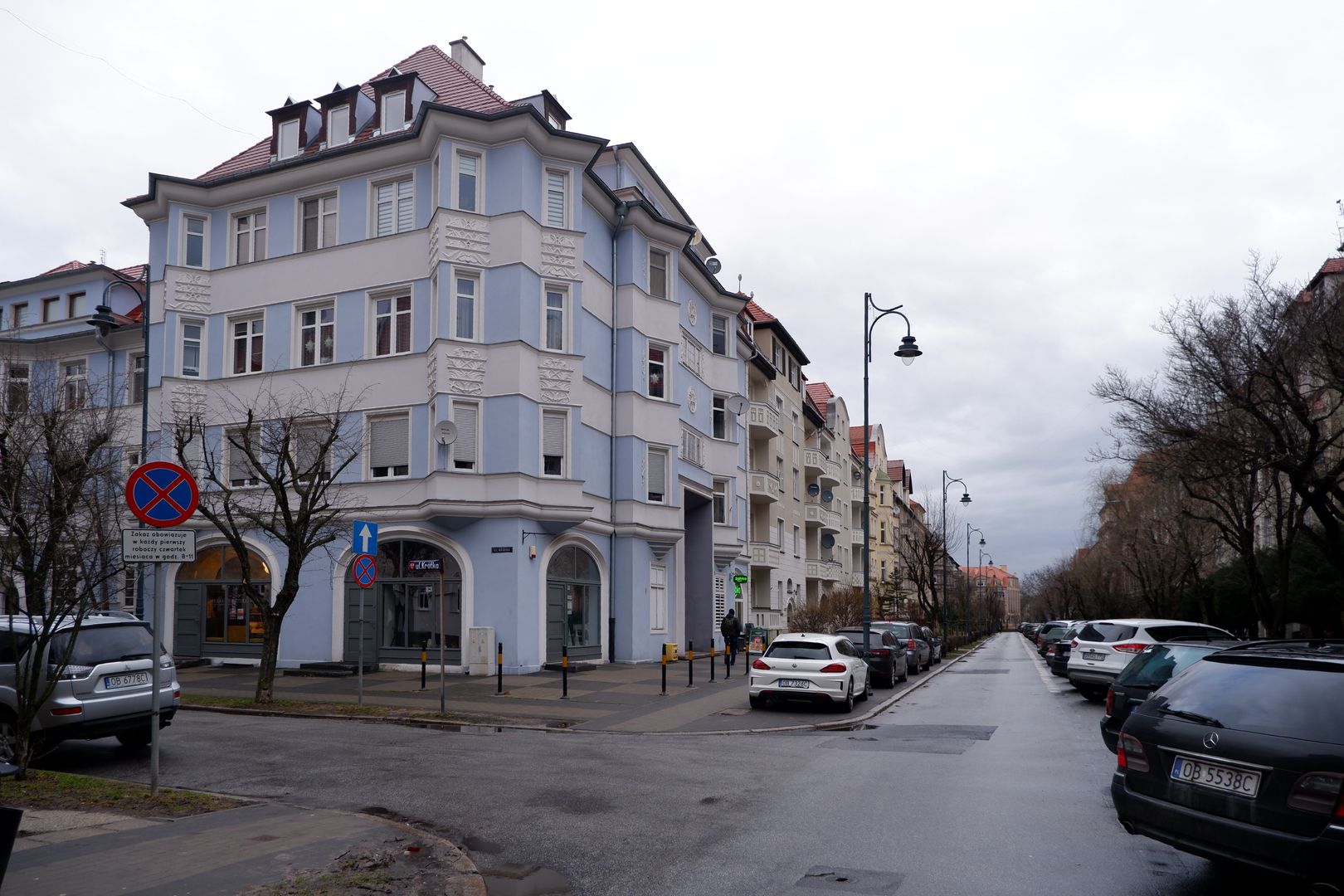Shore
6.98

Overview
Brzeg, located in the Opole Voivodeship, is a city with a rich history dating back to ancient times, including the legend of the settlement Budorigum. Since the 13th century, the city began to develop dynamically as a market and fishing center, established by the Wrocław Duke Henryk III Biały. Brzeg was the capital of the Duchy of Brzeg, and at the end of the 14th century, it was settled by Jews, who contributed to its economic development. In the 16th century, under the rule of Duke George II, the city experienced a flourishing period, establishing a gymnasium that became a center of intellectual life. The city is known for the Renaissance Castle of the Silesian Piasts, referred to as the Silesian Wawel, as well as numerous religious monuments, such as the Church of St. Nicholas and the Church of the Exaltation of the Holy Cross. Brzeg also features valuable townhouses, like those in the market square, which reflect architecture from various eras. During World War II, the city suffered from fighting, and after the war, it was settled by Poles, which changed its character. Today, Brzeg is an important cultural center, hosting events such as the International Festival "Wratislavia Cantans" and the Music Festival "Eurosilesia". The city is also home to the Brzeg Cultural Center, which shares diverse artistic activities. An interesting fact is that Brzeg has natural monuments – 51 in total, including a bur oak and an American tulip tree. Currently, Brzeg is a vibrant industrial hub with developed road and rail transport, including one of the oldest railway stations in Poland. Despite political and demographic changes, the city has preserved its cultural heritage and continues to develop as a place with a rich history.
Location
You can also find here:
2025 Wizytor | All Rights Reserved
